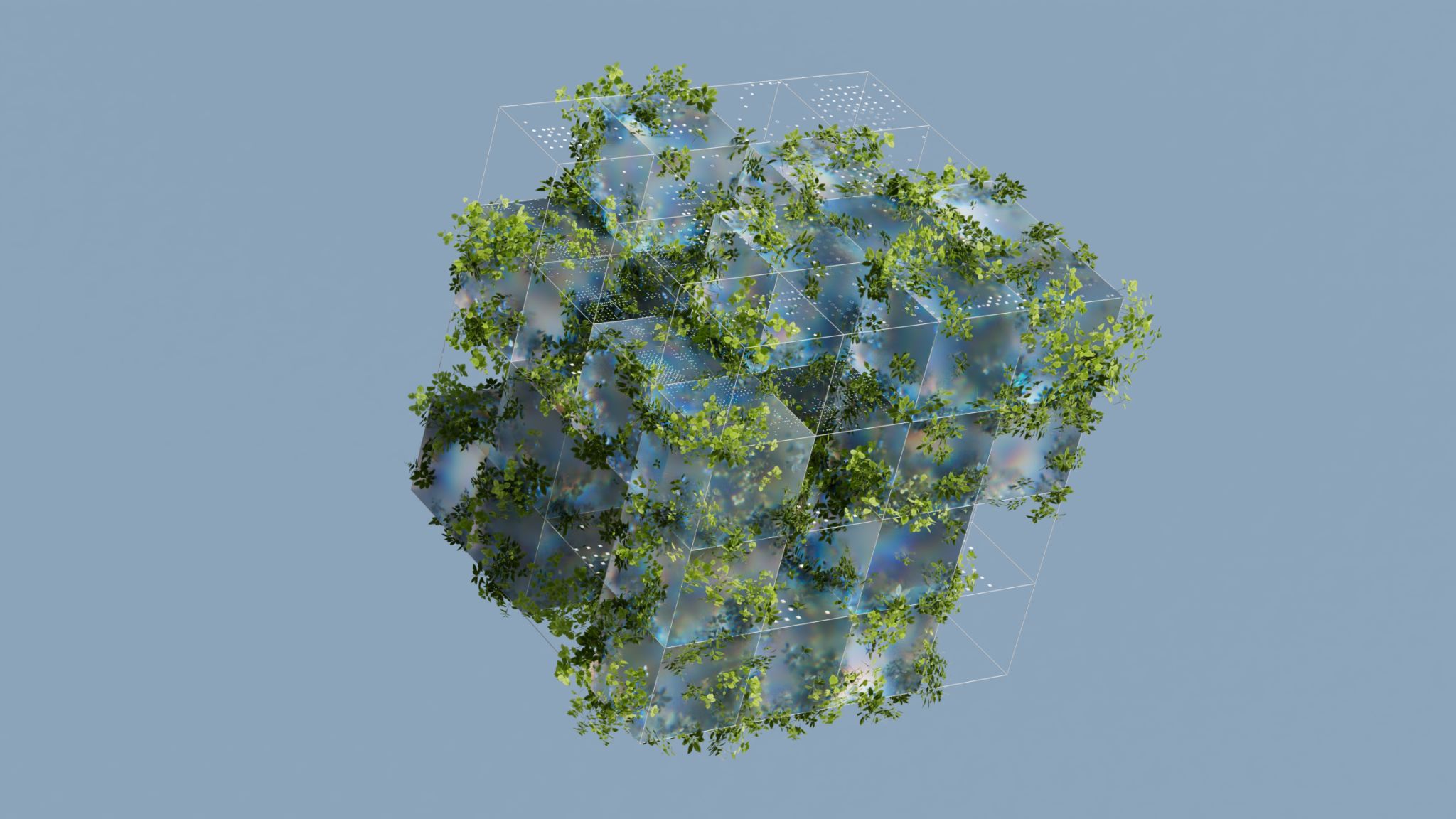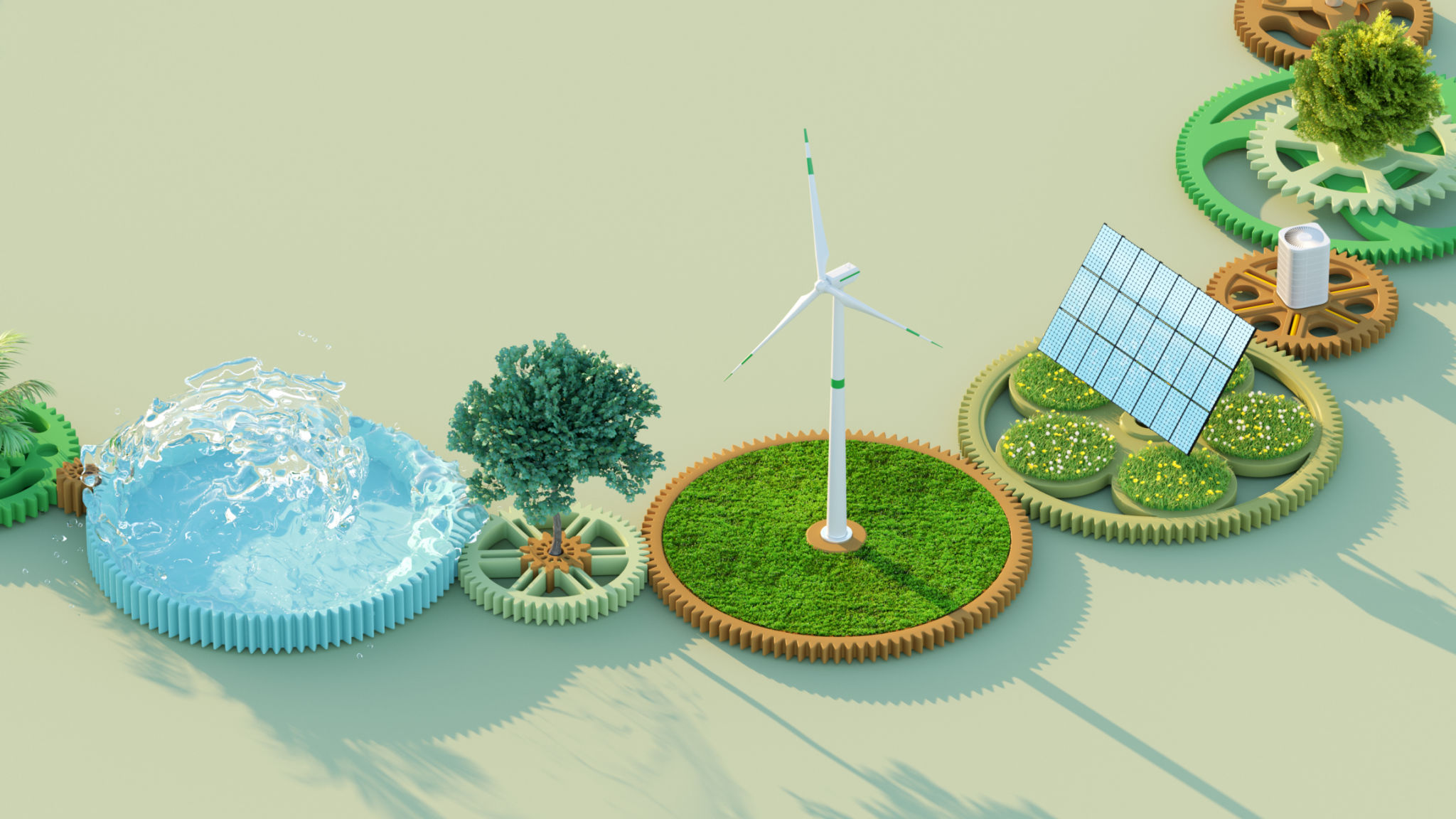Top AI Innovations Integrating Nature’s Wisdom
Embracing Nature’s Blueprint in AI Innovations
In recent years, the integration of nature’s wisdom into artificial intelligence has led to groundbreaking innovations that promise to revolutionize various industries. By emulating biological processes and systems, AI technologies are not only becoming more efficient but also more sustainable and adaptable.
Nature has always been a source of inspiration for human advancement. From the intricate patterns of a spider’s web to the complex neural networks of the human brain, scientists and engineers are harnessing these natural phenomena to solve modern challenges. This convergence of biology and technology is paving the way for a new era of intelligent machines.

Biomimicry: Learning from Nature’s Designs
Biomimicry involves studying nature’s models and emulating them to address human problems. In the realm of AI, this concept is proving invaluable. For instance, researchers are developing algorithms inspired by the foraging patterns of ants and bees, which optimize search processes and improve resource allocation in logistics and supply chains.
Another fascinating example is the development of swarm intelligence systems. By mimicking the behavior of bird flocks or fish schools, these systems enable drones and robots to operate in coordination, enhancing their collective problem-solving abilities. This approach holds significant potential in fields such as environmental monitoring, disaster response, and agriculture.

Neuromorphic Computing: Mimicking the Human Brain
Neuromorphic computing is a cutting-edge field that seeks to replicate the structure and function of the human brain in AI systems. By designing computer architectures that mimic neural networks, researchers aim to create machines capable of learning and processing information with unprecedented efficiency.
These brain-inspired systems offer several advantages over traditional computing. They can perform complex tasks while consuming significantly less power, making them ideal for applications in energy-efficient data centers and mobile devices. Moreover, their ability to learn and adapt autonomously holds promise for advancements in personalized medicine and autonomous vehicles.
Sustainable AI: Balancing Efficiency with Environmental Responsibility
As AI technologies continue to evolve, there is a growing emphasis on sustainability. By integrating nature’s principles, AI systems can achieve greater energy efficiency and reduce their environmental impact. For example, AI-driven systems are being designed to optimize energy consumption in smart cities, reducing carbon footprints while maintaining high levels of functionality.

The intersection of AI and ecology also fosters innovative solutions for conservation efforts. Technologies such as wildlife monitoring systems and predictive analytics are being employed to protect endangered species and manage natural resources effectively.
The Future of AI Inspired by Nature
The integration of nature’s wisdom into AI innovations is not just a trend; it is a paradigm shift that underscores the importance of sustainable development and adaptive technologies. As we continue to explore and harness the potential of biomimicry and neuromorphic computing, we pave the way for AI systems that are not only smarter but also more aligned with the ecological balance of our planet.
The future of AI lies in its ability to integrate seamlessly with the natural world, offering solutions that respect and preserve it while enhancing human capabilities. By learning from nature, we unlock a treasure trove of knowledge that will shape the next generation of intelligent technologies.